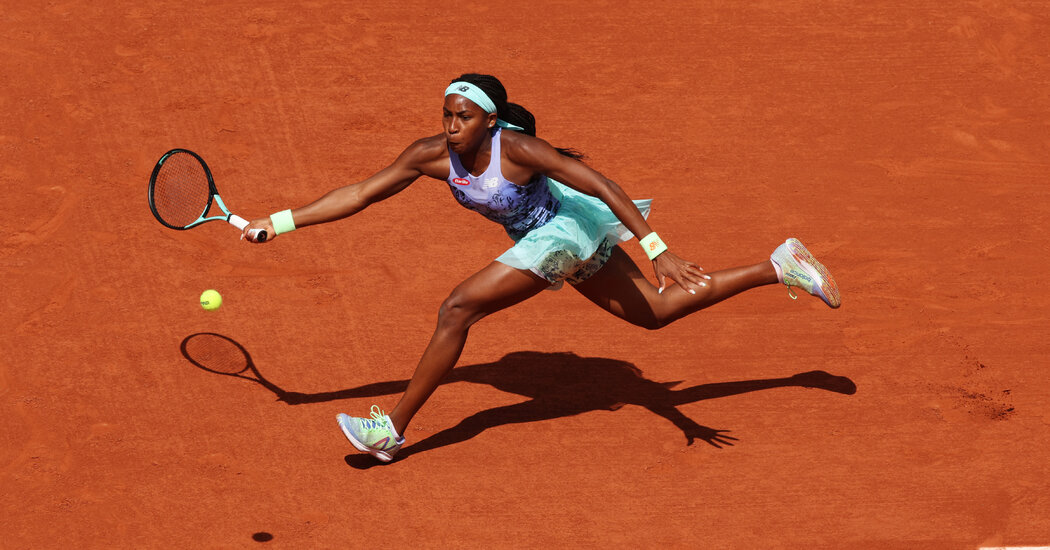
“Players should be practicing the slice and practicing how to defend against that spin,” Shriver, the former player and commentator, said, citing Ons Jabeur as a player who uses the slice well defensively and offensively.
Shriver and Fissette said it was an ideal approach shot, especially to an opponent’s forehand, because it kept the ball low and allowed the attacker to hit while moving through the ball, getting her to the net quicker. “Karolina Pliskova has an excellent down-the-line approach slice,” Fissette added. “I’d like to see more women develop that.”
Fissette said that since WTA players were generally less comfortable at the net than men, the slice could also be effective to open the court and draw opponents to short shots that might be trickier for them to handle.
That is especially worth trying on balls to your opponent’s forehand, Shriver said. If you slice to players’ backhands, they might just slice it back and then you would not gain an edge. But on the forehand, you want to keep the ball out of the main strike zone where players can really drive the ball, and lower shots are tougher for many players.
“And the slice often has more than underspin, it also has a bit of side spin, which adds another element for them to deal with,” Shriver said.
Neither Shriver nor Fissette thinks the shot will, or should become, as common as the backhand slice.
“You have to pick the right ball and the right moment,” Fissette said,
The backhand slice is a more natural shot, Shriver said, and “it can get really messy” when a player cannot find the feel for the forehand slice. Additionally, switching grips back and forth too much can throw a player’s power forehand out of sync.